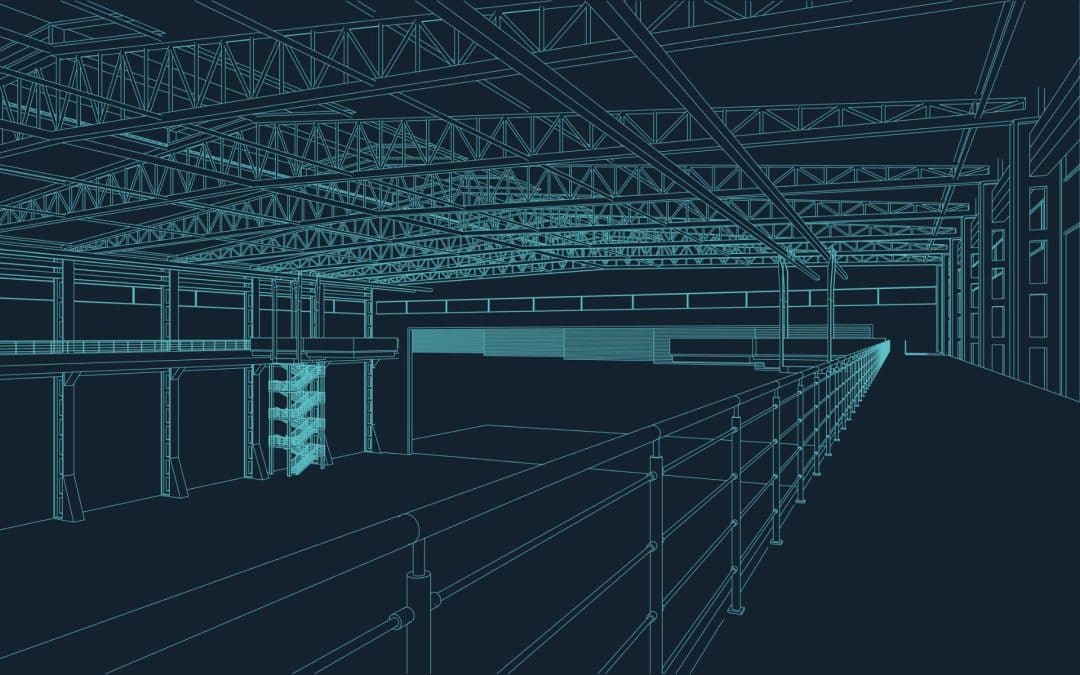Effective warehouse layout design is an important part of any business’s supply chain management strategy. It dictates the overall efficiency, which affects productivity and profitability. For several businesses, the warehouse is not merely a place to store goods, but it is also a dynamic hub of operations that can be optimized to enhance every aspect of their supply chain. In this guide, we will explore the ins and outs of strategic warehouse layouts and provide insights for
Understanding Strategic Layouts
A successful warehouse layout focuses on the systematic organization of space, material handling equipment, and personnel to ensure that products move in the most efficient and cost-effective way possible. It involves the strategic placement of aisles, storage systems, and workstations to minimize travel time, reduce errors, and streamline the fulfillment process. A well-structured warehouse layout is vital for ensuring that the right product is available in the right place at the right time, which is essential in meeting customer demands and maintaining competitive advantage.
Maybury Material Handling, a leader in material handling equipment solutions, has been instrumental in revolutionizing warehouse layouts for various clients across New England. Our expertise in designing custom layouts tailored to client’s needs has proven to be a turning point for many businesses seeking to achieve top performance in their warehouse operations.
Key Elements of a Strategic Warehouse Layout
Storage Systems
The heart of any warehouse is its storage system. Racks, shelves, and vertical lift modules are some of the components that can be configured to suit the volume and nature of the items being stored. By optimizing storage options, you can increase inventory capacity, reduce waste, and facilitate faster picking, packing, and shipping.
Goods Flow and Traffic Management
Efficient goods flow ensures that items move seamlessly through the warehouse without bottlenecks or congestion. Conveyor systems, for example, can automate the transport of goods, while proper traffic management ensures safety and prevents the collision of material handling equipment (MHE).
Technology Integration
Modern warehouses are integrating technology at a rapid pace. Automated Storage and Retrieval Systems (AS/RS), Internet of Things (IoT) devices, and advanced Warehouse Management Systems (WMS) are all supporting the efficient operation and management of inventory.
Safety Measures
A strategic layout must prioritize the safety of workers and the integrity of the products. This includes the clear marking of pedestrian paths, installation of safety barriers, and regular equipment maintenance.
Benefits of Strategic Warehouse Layouts
A well-planned warehouse layout has many advantages. It leads to:
- Increased efficiency in inventory management, leading to reduced stockouts and overstock
- Reduced operational costs by optimizing use of space, equipment, and labor
- Enhanced order fulfillment speed and accuracy, which results in higher customer satisfaction and retention
Implementing a New Warehouse Layout
Implementing a new warehouse layout involves meticulous planning and execution. Here at Maybury, our team will detail the steps you need to take, the factors to consider, and best practices for a smooth transition.

Analysis of Current Warehouse Layout
The first step is to conduct a detailed analysis of the current layout. This includes:
- Reviewing historical data on inventory and picking frequency
- Identifying bottlenecks and areas of congestion through observation and data analysis
- Surveying employees to gather insights from those on the front lines
Redesign and Implementation
Once the analysis is complete, the layout redesign can begin. Factors to consider include:
- The need for flexibility to accommodate future growth and changes in the business
- The incorporation of sustainable practices to reduce environmental impact
- The alignment of the layout with lean manufacturing principles to minimize waste
Best Practices for Implementation
- Engage a cross-functional team to ensure diverse perspectives
- Pilot the new layout in a small area to test its effectiveness
- Communicate the changes to all stakeholders and provide training where necessary
Conclusion
The strategic layout of a warehouse is a cornerstone of operational success. It can significantly impact productivity, cost-efficiency, and customer satisfaction. As the demand for quicker turn-around and smarter fulfillment processes increases, the role of warehouse layout becomes even more critical. Maybury Material Handling can be your trusted partner in optimizing your warehouse layout to unlock your business’s full potential.
To reap the benefits of enhanced productivity and profitability, warehouse managers, supply chain professionals, and operations executives must continuously review and refine their warehouse layouts, ensuring they align with business goals and industry best practices. With the right strategic approach and the support of a dedicated material handling solutions provider, like Maybury Material Handling, businesses can transform their warehouses from mere storage spaces into strategic assets that drive success.



